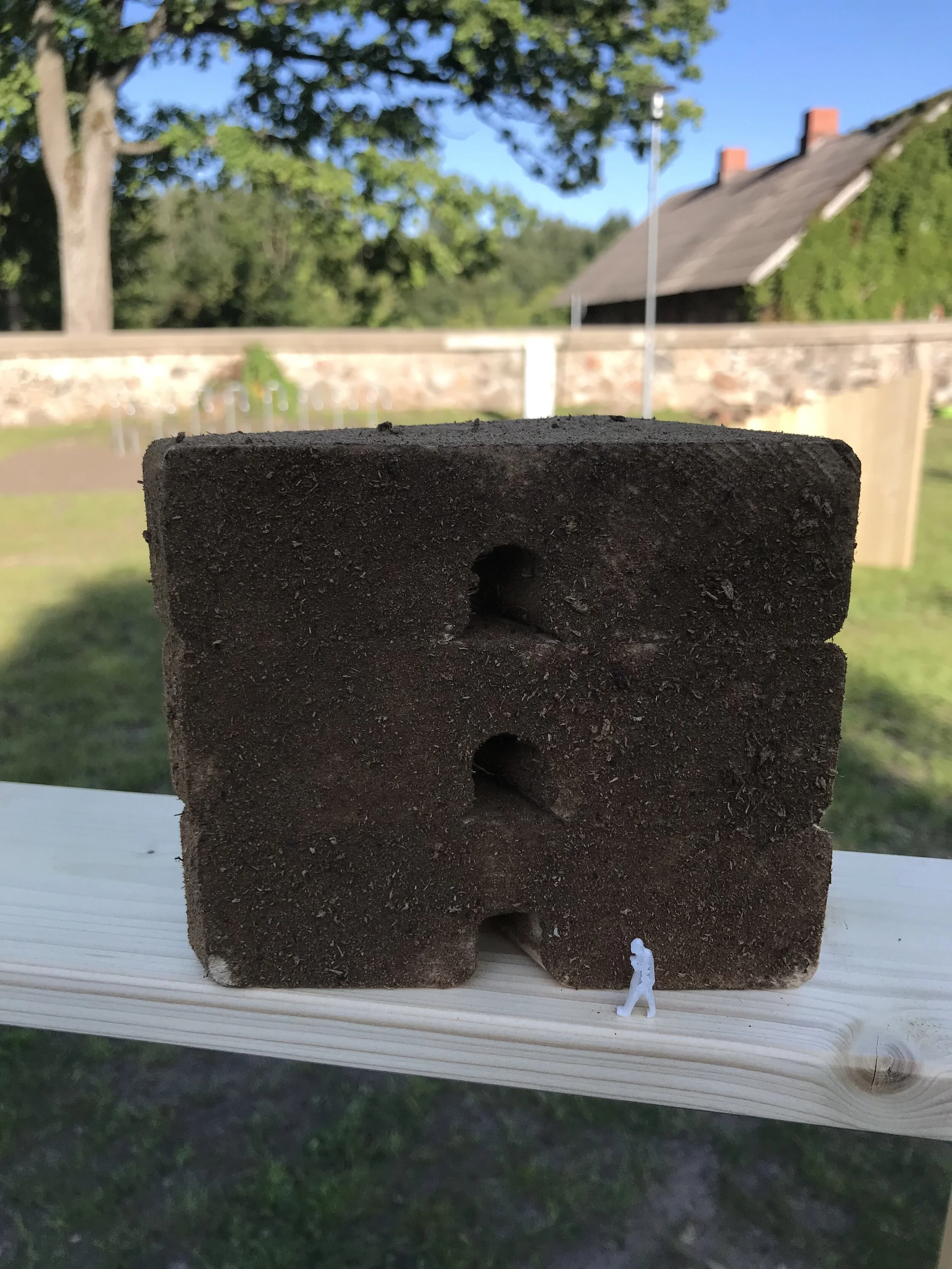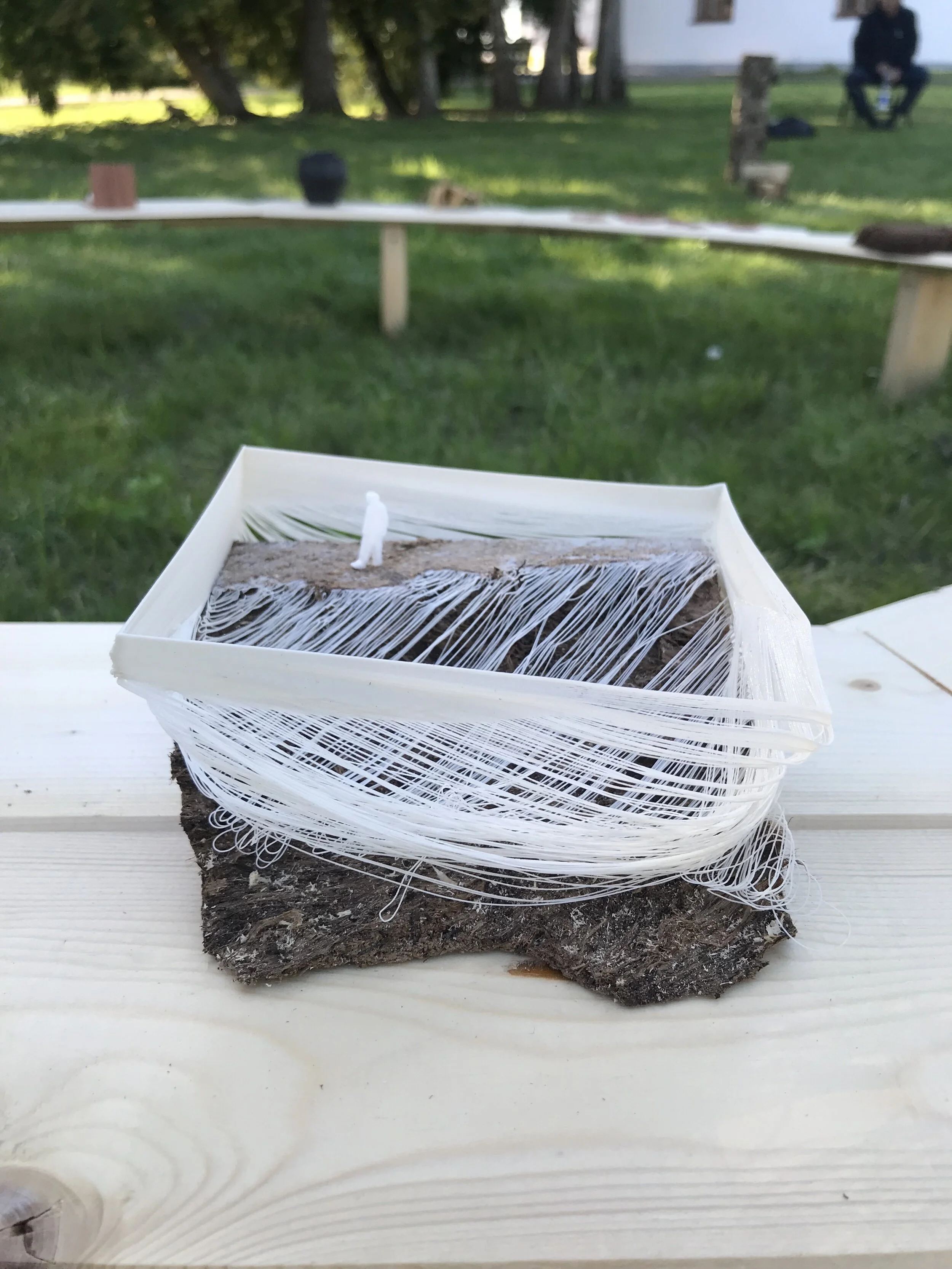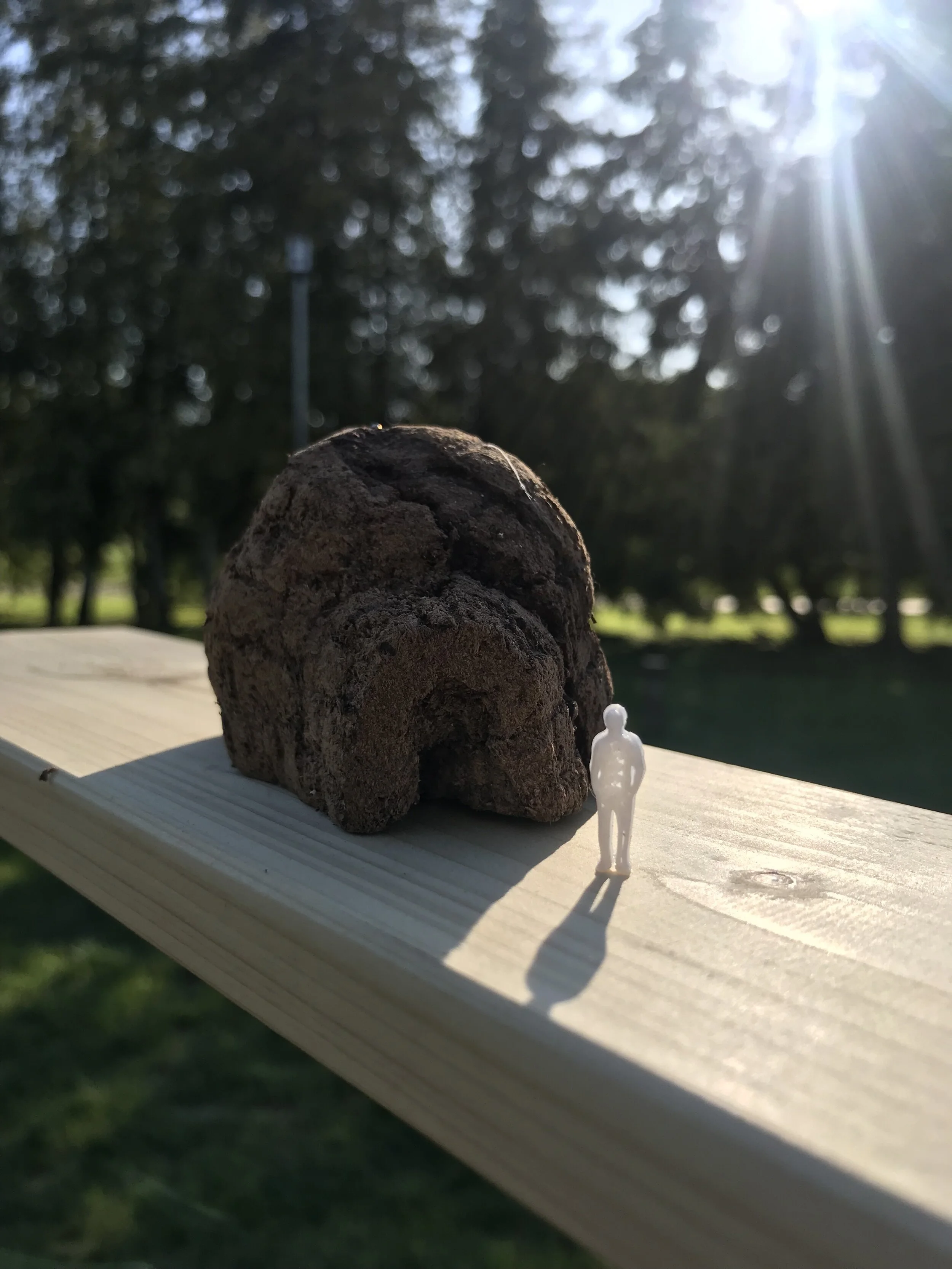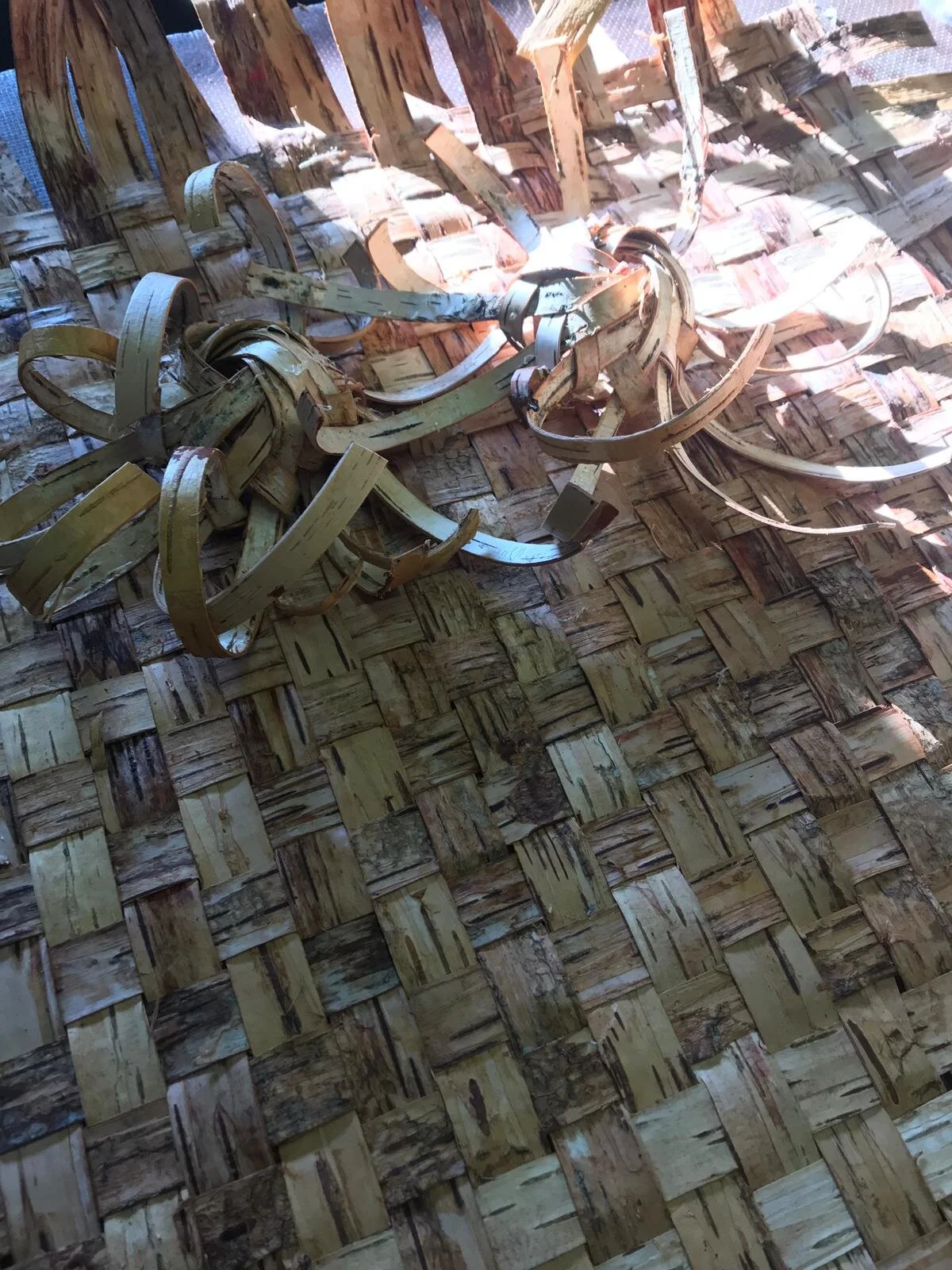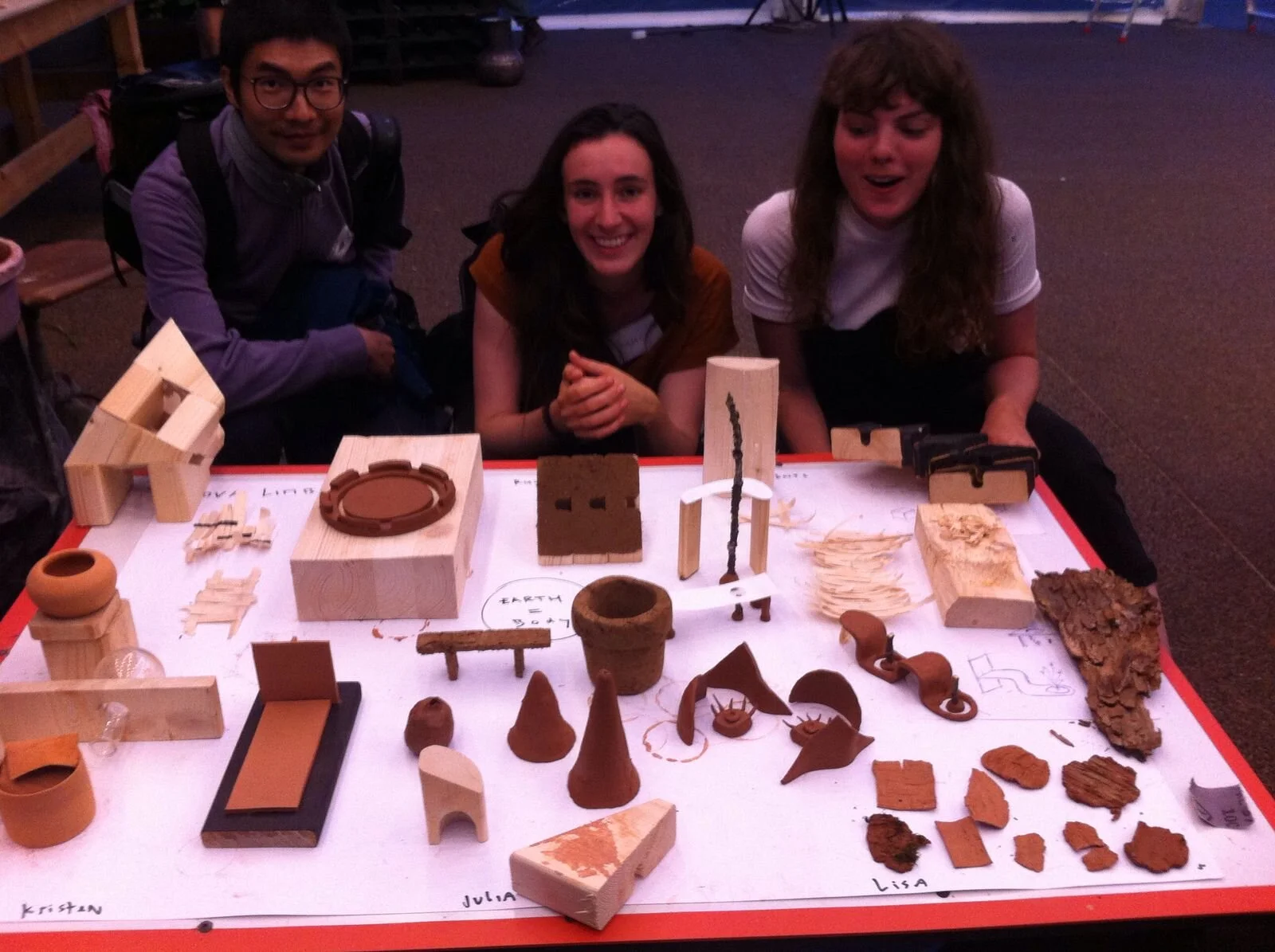Man & Design
Summer Design Residency, Latvia, 2019
Introduction
I have an instagram account where I follow artists and designers and post some of my artwork anonymously. One of the many upsides to this siloed social media experience is the advertising it serves me. In the Summer of 2019 I received an Instagram ad for the MAD Summer Design Residency in Latvia - a minimal website explained the program and the application was due in 4 hours, and I thought "let’s try?".
For the last year my design practice has shifted drastically from ‘how to design products’, something I feel is a question that has a set number of answers, to 'how should we design products’, a much more ethically-entangling question. Design ethics and the unintended consequences of our design decisions is a newly prominent theme in our discourse around technology. My favourite example is Mike Monteiro's aptly named 'Design's Lost Generation' a medium essay with 47 thousand 'claps'.
When the experiences we build are available instantly all around the world and can be harnessed for a myriad of purposes, the unintended consequences of seemingly-small design decisions are amplified. Although, this amplification is due to the reach of internet-based technologies, considering the end user and everyone affected in the creation of the design object is a practice that belongs to every design discipline. With a focus on the topics of transhumanity and biopharmacy, and students hailing from many different design disciplines, I thought MAD would be a great place to investigate. So, I went to Latvia to explore new crafts and see how other designers, artists, and scientists approach;
The creative process
The effects of their work
Clockwise from top left: A student working at the potters wheel with a local Latvian clay body, inside Andris’s forge, smithed nails for my final installation, 3D printing small people to add scale to a model, assembling a wooden installation, painting on the roof of a shed while visiting a permaculture farm with another artist and a 6 year old Latvian girl.
THE RESIDENCY
MAD took place over 10 days in the two towns of Sigulda and Krimulda in Latvia. During MAD teachers and students lived and worked together in two 19th century historic buildings, so not only could students see their teachers in practice, but so that teachers could get to really known the students. The students ranged from architects to children’s book illustrators. We were divided into groups of 5 and assigned a practicing designer as a tutor. From there each group was given a design prompt for exploration, with the goal of producing an exhibit by the end of the week. We were then introduced to master crafts people in Latvia, and able to work in woodwork, blacksmithing, bark, ceramics and weaving. As well as given an introduction to peat as a material and given access to a set of 3D printers and other tools. The following week was a flurry of activity - 8am meditation, all of our meals together and 10am to 10pm each day spent visiting local crafts people to work, or in our 'design studio' tent.
Chair references and inspiration
DESGIN PROMPT | NovA Limbs
Just as the need for better sight lead to reading glasses and eventually Lasik eye surgery, transhumanism asks us what next will become part of the human body?
Instead of ‘powering up’ human capabilities or acquiring technological abilities, we questioned how else could we evolve? As human beings, we have always put ourselves at the top of the hierarchy. But is this still what we should do considering today's world?
We raised the question and departed from the idea that the earth is the body. Therefore, how could we give shape to future enhancements that help, support and understand this body differently. We built an exhibit, a cabinet of curiosities of design objects, that stemmed from this idea of connection. How can we sense this body, focus on this body, equalize and measure so we are more aware of this body, the effects of our actions, give back and perhaps connect to it in new ways.
Chairs concepts that employ the museum-effect - a halo of white space to suggest that the resting person focus on the earth.
Learning some of the basics of blacksmithing from Andris, and how to weave bark from Vizma in their workshops with the help of art student Reinards acting as a translator.
EXHIBITION
The resulting product was a vertical wooden sculpture out in the middle of field, crowned with a birds nest woven from birch bark, attached to its pedestal with a handmade nail. Our group also played with other forms of eco-architecture, such as temporary structures made from peat that could be delivered to a location for an event and then left to erode and fertilise the soil.
To accompany our work I wrote the following and shared it during the opening of our exhibition:
The woodpecker and the ant are common enemies, where the woodpecker eats the ant, and the ant eats the eggs of the woodpecker. But this relationship is not so simply antagonistic. Every spring tree ants carve out special wholes in their tree nests for the rufous woodpecker to lay its eggs, which the ants will leave untouched until the baby birds hatch.
Today, we are so disconnected from nature that when we create or build anything that creates possibilities for other forms of life it is the exception. We imagine a future where humanity is more closely attuned to the body, earth. Can the creation of an art piece also naturally lead to a high place, with a perfect vantage point for a stork? A potential future where we are so in tune with our environments that we defy our current aggressively antagonistic relationship that we have with nature. Could we instead be intrinsically compelled to design a world that turns this paradigm around?
Learnings
‘Solving a problem’ is a narrow place to depart from if your goal is creativity.
When product designer start their work they usually go out in search of a problem, or a job to be done. However, if your goal is creative divergence, this is a very specific place to always begin from. Although, maybe efficient, I believe it can be limiting. At MAD I learned that there a myriad places from which the designer can depart. This was further explored in a lecture by one of the tutors an industrial product designer by the name of Jeroen Van de Gruiter. For example;
User interaction: How should the user interact with the final object? Can we move away from the expected model? For example, a cylindrical light that is turned on by sliding the top slice of the cylinder to the side. When the interaction is actually the revealing of the light, how does this change the experience?
Material: Potentially the material of choice is the most meaningful decision to be made. From the material the design of the object can be generative, based on creative tinkering, and reacting to this set constraint. For example, designing a work desk out of e-waste, and where form follows function - an object to incite discussion around our e-waste problem.
Research: Sometimes designs that come from deep involvement, understanding and research are what turn into novel combinations and creative outcomes. Sometimes the research can take so long that the object is obsolete by the time it comes to be.
The making process: The process of manufacturing can also be a the place of invention or change in the design process. For example, Enzo Mari designed a container where he decided to remove a small spring because when his design was ready for mass fabrication he decided that the process of adding it over and over by hand would have been extremely difficult and tiresome.
Trusting the Process
creative collaboration can be like Jazz.
In my work and day to day I think I tend towards the research, plan and then execute approach to design. Particularly, when multiple people's work needs to come together to form a whole. My week of working with five other designer showed me that design and even putting together an exhibit can be more like jazz, than building a car, if everyone knows the boundaries and trusts each other.








